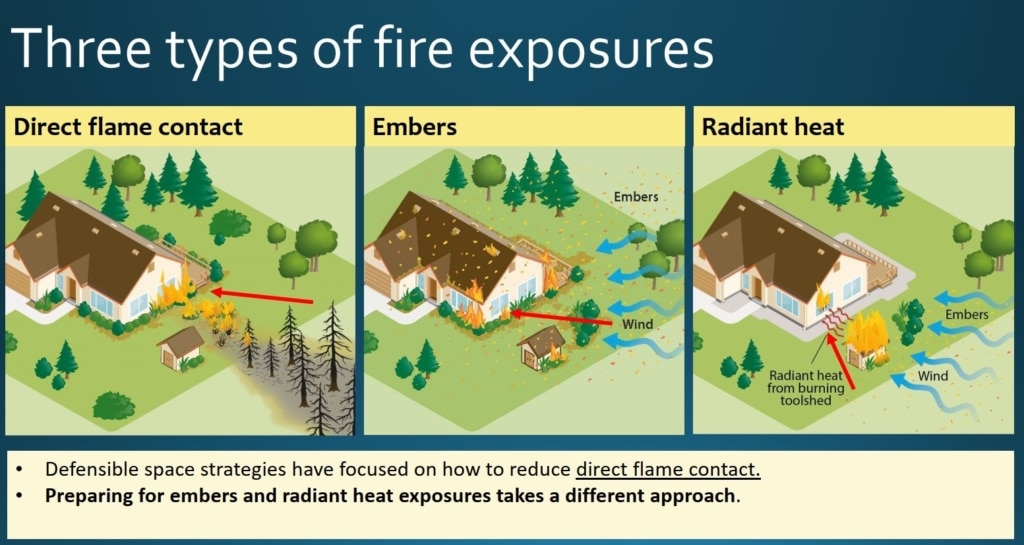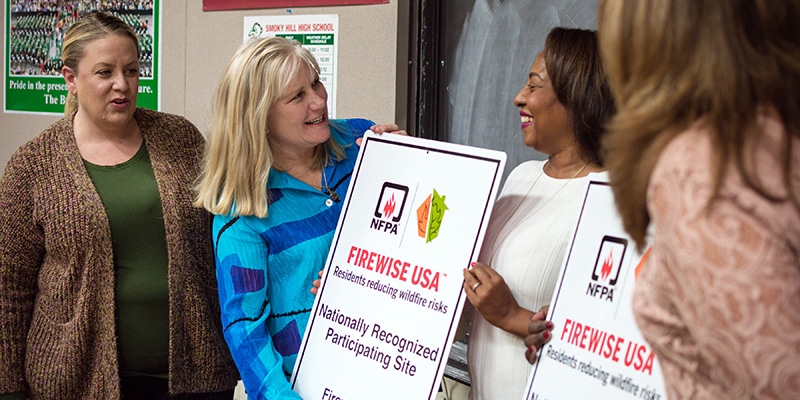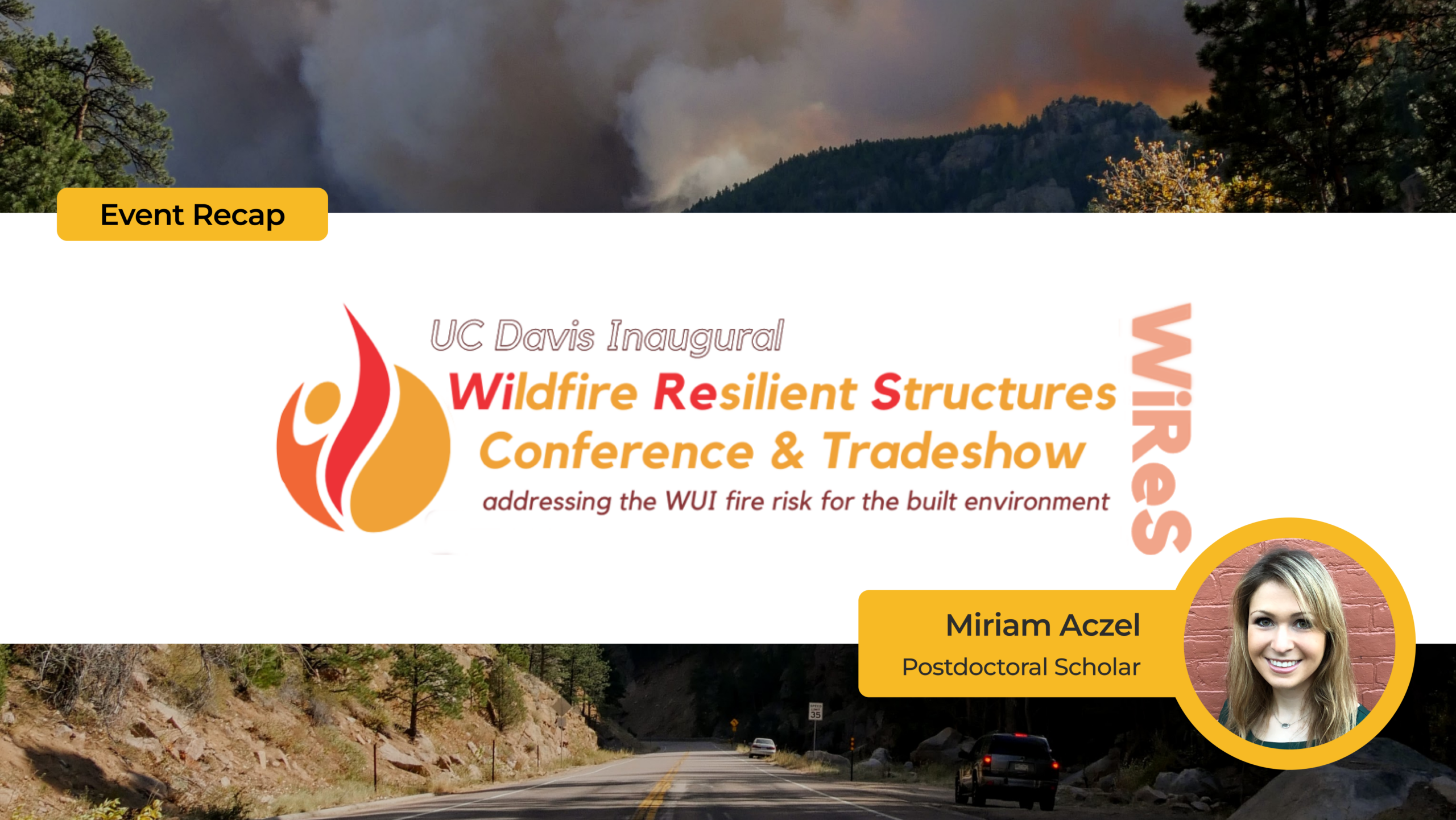Wildfires are a rising threat to public health, infrastructure, and economy—especially in the western U.S.—and the frequency and severity of these disasters are increasing with climate change. According to the California Air Resources Board (CARB), spring and summer temperatures are quickly warming, creating conditions for extreme, rapidly spreading wildfires. For example, the 2018 wildfire season was the deadliest and most destructive year for California, with over 8,500 fires burning an area of nearly two million acres. The 2018 Camp Fire was the most devastating wildfire in the history of the Golden State, with over 85 casualties and 18,000 buildings destroyed. The 2022 Oak Fire posed a recent threat as well, causing California Governor Gavin Newsom to declare a state of emergency in Mariposa County. Learn about wildfires and climate change from the California Air Resources Board (CARB) Learn about the 2018 California wildfire season
In light of these issues, I had the opportunity to attend the inaugural Wildfire Resilient Structures (WiReS) Conference and Tradeshow in San Diego earlier this year. Hosted by the UC Davis Air Quality Research Center (AQRC) and UC Davis Climate Adaptation Research Center (CARC), the conference brought together diverse stakeholders—including academics, industry practitioners, policymakers, and community members—to discuss issues surrounding wildfire risk in the built environment and propose solutions that support community resilience. Learn about the UC Davis Air Quality Research Center (AQRC) Learn about the UC Davis Climate Adaptation Research Center (CARC)
A Holistic Approach to Wildfire Solutions
Dr. Michele Barbato, the co-founder of CARC and faculty director of the CITRIS Climate initiative, kicked off the conference by highlighting the importance of engaging diverse perspectives in the wildfire preparedness and mitigation planning process. He emphasized the range of threats, most of them climate-related, that exacerbate wildfires, from heatwaves and droughts to increasingly severe storms and flooding that can damage electrical infrastructure and spark wildfires. Barbato also underscored the rising risks to populations living in the wildland-urban interface and the need to develop holistic solutions for more climate- and wildfire-resilient communities. Learn about the CITRIS Climate initiative
One particularly interesting session was “Wildfire Exposure, Vulnerability Factors, and Defensible Space Development–Part 2,” which dove into the potential physical and social risks of wildfires. Dr. Yana Valachovic, one of the panel speakers, posed a compelling question from the get-go: How do we expand our understanding of fuel if it is understood to be more than wildland vegetation? To this end, Valachovic explained the importance of learning procedural responses to, and developing holistic strategies for, the three types of fire exposure: direct flame contact, embers, and radiant heat. In the past, educational messaging focused on the importance of reducing direct flame contact by developing “defensible space.” However, reducing exposure to embers and radiant heat necessitates a different approach to prevent ignition.
 The three types of fire exposure are direct flame contact, embers, and radiant heat. Credit: Yana Valachovic
The three types of fire exposure are direct flame contact, embers, and radiant heat. Credit: Yana Valachovic
Valachovic recognized the complexity of policy development around wildfire preparedness and risk management in California. While people may feel that actions to reduce fuel and create defensible spaces do not apply to them, it is important to recognize that these issues are universal. She also stressed the role of education, calling for expanded definitions around wildfire-related terminology and a deeper collective understanding of shared vulnerabilities across different locations and ecosystems.
Valachovic explained that it is critical for public messaging to reflect the people who are potentially affected by wildfire risk. Residents can underestimate their own vulnerability and assume they are immune from these issues if their own homes or living situations are not clearly depicted. While it takes time to raise awareness, the session ended on a hopeful note, as Valachovic and the other panelists agreed that the different types of fire exposure—direct contact, embers, and radiant heat—are now much better understood by the general public.
Protecting Communities with Insurance
In a session titled “Insurance and Wildfire Mitigation,” Greg Anderson, the chief of Fire Engineering and Investigations at CAL FIRE, offered insight into the challenges of providing access to adequate insurance. He explained that insurance companies have their own means of evaluating risk, “but the companies don’t have to insure people—especially once they hit a quota of numbers to be covered.” Anderson proposed potential solutions, including community-centered planning processes, where each member has “a seat at the table” so they can better understand wildfires as well as the individual and collective actions that can reduce risk and vulnerability. He also affirmed the value of obtaining buy-in from insurance companies and highlighted CAL FIRE’s work with FireWise communities, a program in which community members take measures to become more resistant to wildfire structural damage and insurance companies advocate for discounts on their behalf. Learn about FireWise communities

In the same vein, Valerie Brown, the deputy executive director of United Policyholders, discussed how her non-profit organization advocates for fair insurance access and disaster resilience. Brown emphasized the lengthy time typically needed to recover from a disaster and described the programs United Policyholders has in place related to strategies for recovery, preparedness, advocacy, and action on behalf of consumers across the U.S. Learn about United Policyholders
Community Engagement is Key
While the WiReS Conference covered many topics, a key theme emerged: the importance of meaningful community engagement. Just like we need all voices at the table to tackle climate change, we also need to consolidate multiple perspectives to address risk at the wildland-urban interface and ultimately, protect local communities. As an energy researcher, this event gave me a deeper appreciation for how climate issues are inherently linked to wildfire mitigation and was a meaningful opportunity to engage a wide range of stakeholders to identify solutions, celebrate successes, and share lessons learned. Learn about the WiRes Conference and Tradeshow
Miriam Aczel is a postdoctoral researcher working on the Oakland EcoBlock project. Her research interests include greenhouse gas removal technologies; climate science and policy; international energy law and policy; human rights and environmental justice; environmental health; and citizen science. Miriam is the Director of Communications for Leaders in Energy and the co-founder and co-director of the Amir Aczel Foundation for Research and Education in Science and Mathematics. Reach her at aczel@berkeley.edu.

